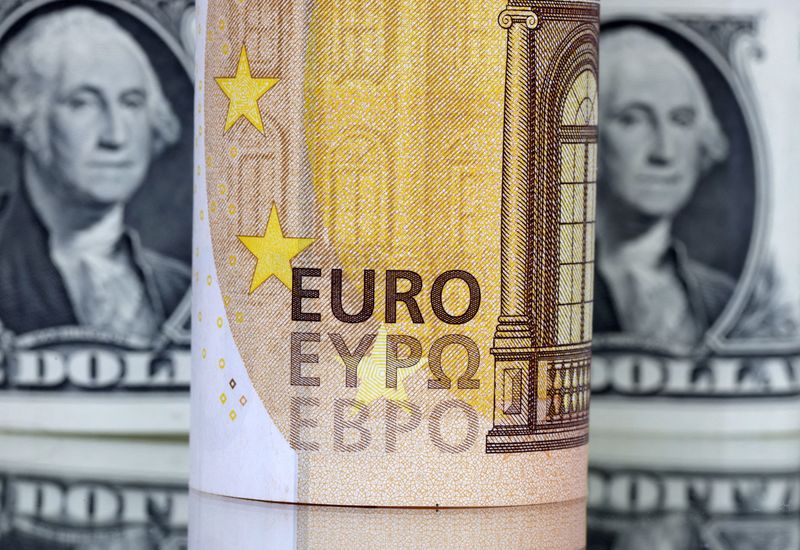Investing.com — The U.S. dollar weakened this week as stock markets recovered from early August declines amid continued expectations for more easing from the Federal Reserve.
Analysts at UBS Global Research warn against assuming a continued decline in the US dollar. Although the euro has reached a new high against the US dollar in 2024, the rally may be too long in relation to economic fundamentals.
has risen sharply, driven by improved risk sentiment and a partial recovery in equity markets, with August losses rebounding and volatility indices just declining.
Despite this rally, US bond yields have recovered only modestly, and market prices point to almost 100 basis points (bp) of rate cuts from the Fed this year, including a possible 50 bp cut in September.
This market positioning indicates that further significant dollar weakness could face major hurdles, especially with expectations for Fed policy already largely priced in.
“Recent price action raises questions about whether the market is finally shifting to a broad-based bearish USD view and whether the dollar is on the cusp of significant further weakness,” UBS Global Research analysts said.
While the Fed appears poised to ease policy, likely with a 25 bp cut in September, the market’s hawkish expectations leave little room for mild surprises. Any positive US economic data, such as a recovery in non-farm payrolls (NFP), could lead to a tactical recovery in yields and the USD.
Analysts also note that the broader global economic outlook remains uncertain, with limited signs of improvement outside the US. China’s stimulus efforts have yet to convince markets, and the eurozone continues to face downward revisions to growth forecasts. These factors reduce the likelihood of a significant shift in the dollar and US assets.
EURUSD’s recent climb, surpassing previous highs, is seen by UBS analysts as an overshoot against short-term fundamentals. The broker’s model estimates the fair value of EURUSD closer to 1.0950, below current levels.
The divergence suggests the pair is factoring in unexpected US weakness or excessive optimism about Europe’s economic prospects. However, UBS remains skeptical about the eurozone’s growth prospects, pointing to negative economic surprises and persistent headwinds in major economies such as Germany.
Given these considerations, the analysts believe that EURUSD could struggle to maintain levels above 1.11 for an extended period of time, especially if the upcoming Eurozone data does not meet expectations.
UBS analysts also discuss other major currencies, noting that the recent moves in the Japanese yen and Swiss franc are more a reflection of global risk sentiment than fundamental shifts.
Morgan Stanley expects the Bank of Japan to maintain a cautious approach, which could lead to a recovery, providing a better entry point for short positions. In the meantime, they see limited downside for the Swiss franc and expect to remain within the range of current levels.
In the Nordic region, UBS analysts prefer the Norwegian krone over the Swedish krone, citing the more constructive outlook from Norway’s central banks. They recommend maintaining a short position, predicting that NOK’s recent rebound is more sustainable compared to SEK’s recovery.


